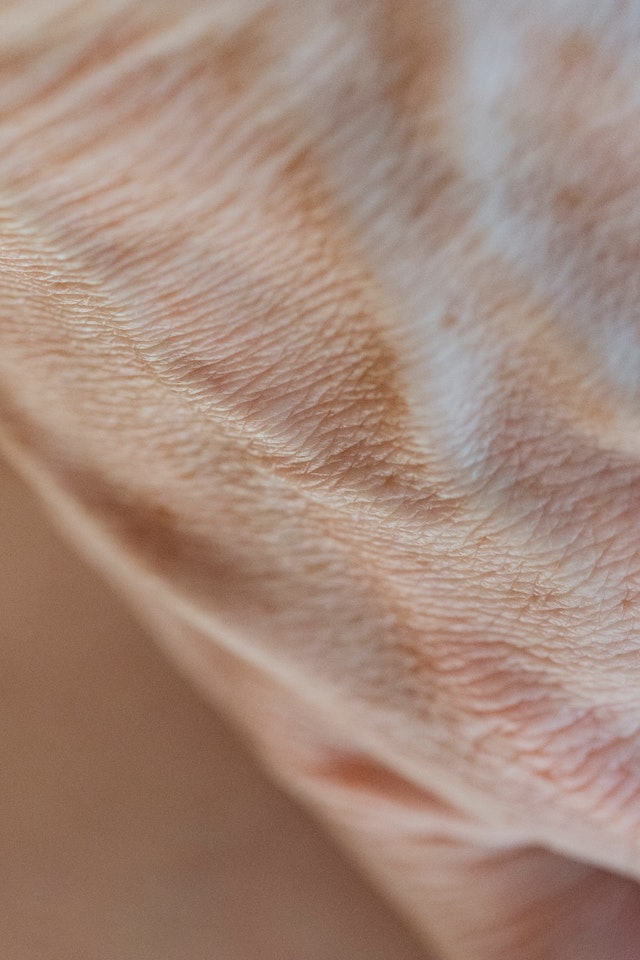
Venous ulcers are a common complication of venous insufficiency, a condition that occurs when the veins in your legs are unable to efficiently return blood back to the heart. These ulcers can be painful, unsightly, and may take a long time to heal. If you are experiencing venous ulcers, it’s important to understand the causes, prevention strategies, and treatment options available to you.
Causes of Venous Ulcers
Venous ulcers are usually caused by an underlying condition called chronic venous insufficiency (CVI). CVI occurs when the valves in the veins of the legs are damaged or weakened, causing blood to flow backward and pool in the legs. This can lead to swelling, pain, and the formation of varicose veins. Over time, the pressure of the pooled blood can cause the skin to break down, leading to the formation of venous ulcers.
Prevention Strategies for Venous Ulcers
There are several strategies that can help reduce your risk of developing venous ulcers, including:
- Wearing compression stockings: Compression stockings can help improve circulation in the legs and reduce the risk of venous insufficiency.
- Elevating your legs: Elevating your legs above heart level can help reduce swelling and improve blood flow.
- Regular exercise: Regular exercise can improve circulation and reduce the risk of venous insufficiency.
- Maintaining a healthy weight: Being overweight or obese can put extra pressure on the veins and increase the risk of venous insufficiency.
- Avoiding prolonged sitting or standing: Sitting or standing for long periods of time can put extra pressure on the veins and increase the risk of venous insufficiency.
Treatment Options
If you are experiencing venous ulcers, there are several treatment options available to you, including:
- Compression therapy: This involves wearing special compression stockings or bandages to help improve circulation in the legs and reduce swelling.
- Wound care: Proper wound care is essential for the healing of venous ulcers. This may include cleaning the wound, applying dressings, and keeping the wound moist.
- Medications: Certain medications may be prescribed to help improve blood flow and reduce swelling.
- Surgery: In some cases, surgery may be necessary to remove damaged veins and improve blood flow in the legs.
The best treatment option for you will depend on the severity of your condition and your individual needs. A vascular surgeon can help determine the best course of treatment for you.

Contact Dr. Norman Chideckel for Venous Ulcer Treatment in New York City
If you are suffering from venous ulcers, Dr. Norman Chideckel of the Vascular Surgery & Vein Center in New York City can help. With years of experience in the field of vascular surgery, Dr. Chideckel offers a wide range of minimally invasive treatment options, including compression therapy, wound care, medications, and surgery.
To schedule a consultation with Dr. Chideckel, call today to schedule a consultation:
Vascular Surgery & Vein Center
212-993-6133
108 East 96th Street
New York, NY 10128
Take the first step toward healing your venous conditions and improving your overall vascular health today.


